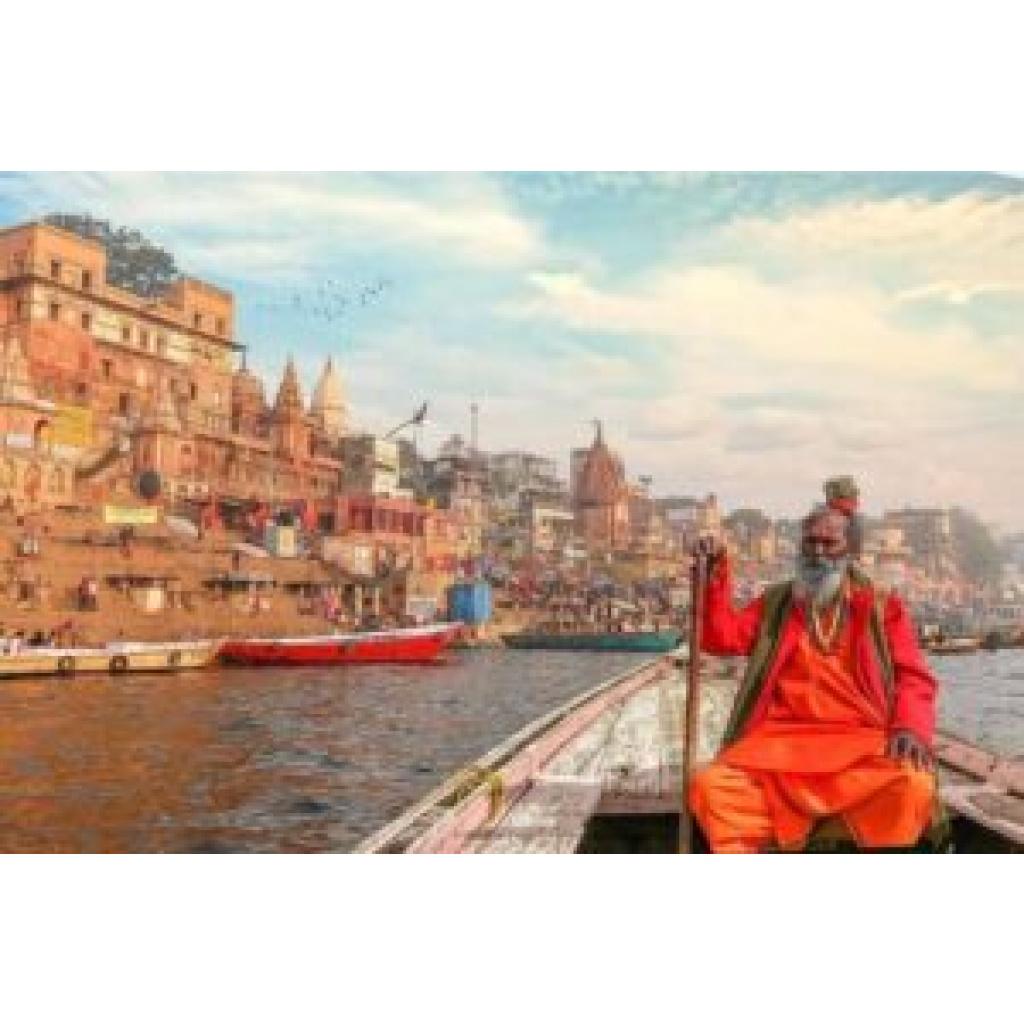Best time to visit Sri Lanka
Sri Lanka, an island paradise nestled in the heart of the Indian Ocean, is an absolute gem for travelers seeking a unique blend of culture, adventure, and nature. With its lush landscapes, rich history, and warm hospitality, it’s no wonder that more and more travel enthusiasts, adventure seekers, and digital nomads are setting their sights on this captivating destination. But to truly experience all that Sri Lanka has to offer, best time to visit Sri Lanka is crucial. In this blog post, we’ll explore the best time to visit Sri Lanka, taking into account the country’s diverse climate zones, peak and off-peak seasons, and special events that could make your trip unforgettable. Overview of Sri Lanka as a Travel Destination A Land of Endless Possibilities Sri Lanka is renowned for its stunning beaches, verdant tea plantations, and ancient ruins. From surfing in Arugam Bay to exploring the cultural triangle of Anuradhapura, Polonnaruwa, and Kandy, there’s something for every traveler. The diversity of experiences makes it essential to plan your visit based on what you want to see and do. Also Read: When is the best time to visit South Korea The Importance of Timing The timing of your visit to Sri Lanka can significantly enhance your experience. The country experiences two main monsoon seasons, which affect different regions at different times. Understanding these weather patterns will help you make the most of your trip, whether you’re planning to relax on the beach, trek through the highlands, or immerse yourself in local culture. Climate Zones in Sri Lanka Sri Lanka’s climate is divided into several zones, each with its own unique weather patterns. The southwest coast and central highlands have a tropical rainforest climate, while the northern and eastern parts of the island experience a drier climate. Knowing these distinctions will guide you in choosing the ideal time and place to visit. When is the best time to Visit Sri Lanka Peak Tourist Seasons and Popularity The peak tourist season in Sri Lanka typically runs from December to March. During these months, the weather is dry and sunny on the west and south coasts as well as in the highlands, attracting visitors seeking sun-soaked beaches and cultural tours. This is also when many festivals and events take place, adding vibrancy and excitement to your travels. Benefits of Visiting During Off-Peak Season Traveling during the off-peak season, from May to August, offers several advantages. Not only do you get to enjoy fewer crowds, but you’ll also find more affordable accommodations and flights. Plus, the eastern coast is at its best during this time, providing excellent opportunities for outdoor adventures and marine exploration. Choosing Travel Dates Based on Activities Consider what activities are most important to you when planning your visit. For example, if wildlife safaris are high on your list, visiting during the dry season will increase your chances of spotting animals at waterholes. Alternatively, if you’re into surfing, the east coast is prime from April to September. Sri Lanka by Month January Weather Conditions January is one of the best time to visit Sri Lanka, especially on the west and south coasts. The weather is generally dry and sunny, making it perfect for beach lovers and outdoor enthusiasts. The central highlands also enjoy pleasant temperatures, ideal for trekking and exploring. Key Festivals and Events In January, the Duruthu Perahera, a spectacular procession held in Colombo, marks the beginning of the Buddhist calendar year. It’s a vibrant celebration filled with traditional music, dance, and elephant parades. February Weather and Tourist Attractions February continues to deliver excellent weather in the southern and western parts of Sri Lanka. It’s a great time to explore popular tourist attractions like Galle Fort and the historic city of Kandy without the scorching heat. Celebrations and Cultural Highlights The Navam Perahera festival in Colombo is a must-see in February. It features a grand procession of drummers, dancers, and elephants, offering a glimpse into Sri Lanka’s rich cultural heritage. March Transition into Hotter Weather March marks the transition into warmer weather, especially in the lowlands. While it may start to heat up, the climate remains bearable for most outdoor activities. Notable Cultural Events The Maha Shivaratri festival, dedicated to the Hindu god Shiva, takes place in March. It’s a time of fasting, meditation, and night-long vigils at temples across the country. April Weather Overview April is one of the hottest months in Sri Lanka, with temperatures rising significantly. However, this is balanced by cool breezes in the highlands, making it a best time to visit Sri Lanka such as places like Ella and Nuwara Eliya. Significance of the Sinhala and Tamil New Year April brings the Sinhala and Tamil New Year, a major cultural event celebrated with feasting, fireworks, and traditional games. It’s a wonderful opportunity to experience local customs and hospitality. May Onset of the Southwest Monsoon May sees the onset of the southwest monsoon, bringing rain to the southern and western regions. While this might deter some travelers, it’s an excellent time to visit the north and east coasts. Festivals and Local Activities Vesak Poya, commemorating the birth, enlightenment, and death of the Buddha, is celebrated in May. Streets are adorned with lanterns, and temples hold special ceremonies. June Weather Patterns and Travel Tips June is a quieter month in terms of tourism, with the southwest monsoon in full swing. However, it’s one of the best time visit Sri Lanka in order to explore the cultural heartland and eastern beaches, where the weather remains relatively dry. Off-Peak Travel Advantages Traveling in June means fewer tourists, allowing you to enjoy popular sites like Sigiriya Rock Fortress and Dambulla Cave Temple without crowds. Plus, you’ll benefit from off-peak pricing. July Weather Dynamics July is characterized by varied weather patterns, with the southwest monsoon tapering off. The east coast remains sunny and warm, perfect for beach activities and snorkeling. Major Festivals such as Esala Perahera The Esala Perahera, one of Sri Lanka’s most iconic festivals, takes


